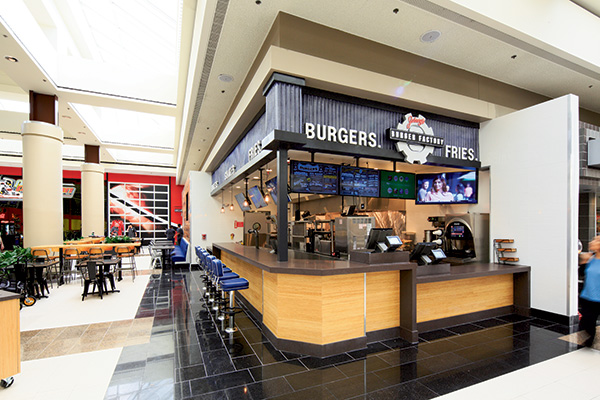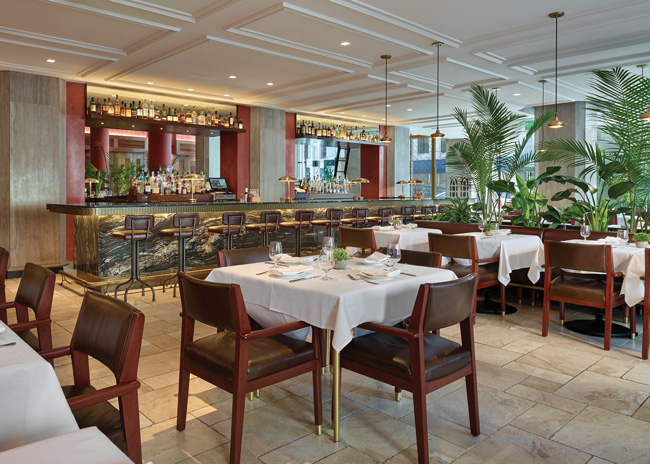As the new editor in chief for restaurant development + design, I’m excited.
Sure, you’re probably thinking, everybody loves a shiny new title. But the things that excite me about rd+d are the possibilities. As a user-driven resource, rd+d seeks to bring you closer to the people and projects that inspire your work life while also providing enough insight to help you avoid the pitfalls that can trip you up.
To that end, we launched our first awards program, which should be wrapping up by the time this issue gets to you. The results of the inaugural rd+d awards will be in our January/February issue. We’ve also got a webcast coming up at the end of October, Implementing Big Ideas on a Small Budget. It’s free to all, and you can register at www.rddmag.com/bigideas.
We’ve just completed our 2017 editorial calendar, the bulk of which was inspired by feedback from readers. In the coming months, we’ll expand the content on our website and will continue to deliver six print issues a year.
Until then, this issue delves into a broad mix of topics and types of restaurants — both new and newly renovated — from which to glean valuable insights. One popular current trend in restaurant design is to take elements that are traditionally in the back of the house and make them a design statement in the front of the house. This month, Senior Contributing Editor Dana Tanyeri shows us a new twist on that idea — restaurants that have moved dry-aging rooms into the front of the house to great effect.
Contributing Editor Amanda Baltazar’s Restaurant Reclamation story provides a fascinating look at the pros and cons of putting a new restaurant in the space of a failed restaurant. She talks to a couple of chains that are in the habit of taking over failed spaces to find out what they’ve learned.
Also in this issue, consultant Brian Miller, director of design strategy for Streetsense, considers the importance of integrated bar design in restaurants. A great bar becomes a place that attracts travelers and solo diners, creates a sense of place and community, and provides a platform for the kitchen to experiment with new offerings and specials.
I hope you enjoy this issue of rd+d, and please feel free to reach out to me at any time to join the conversation, provide feedback, or share your projects and ideas.



